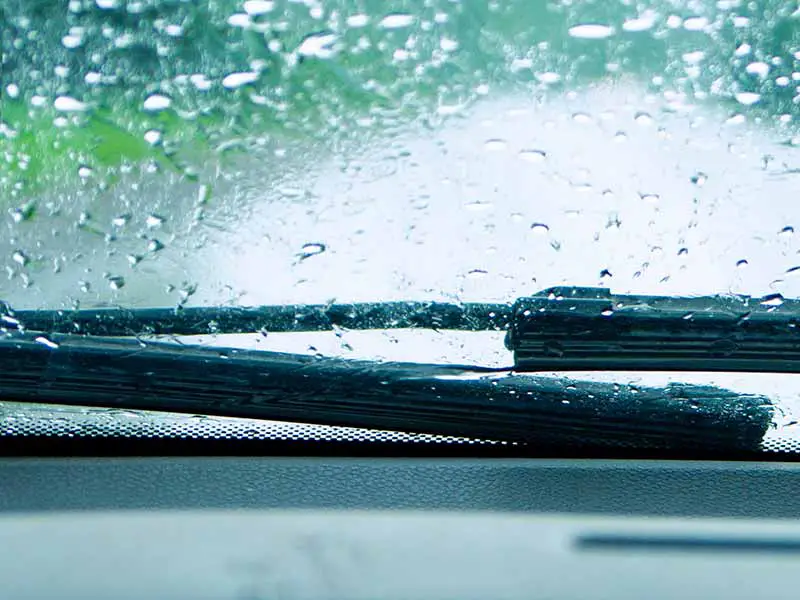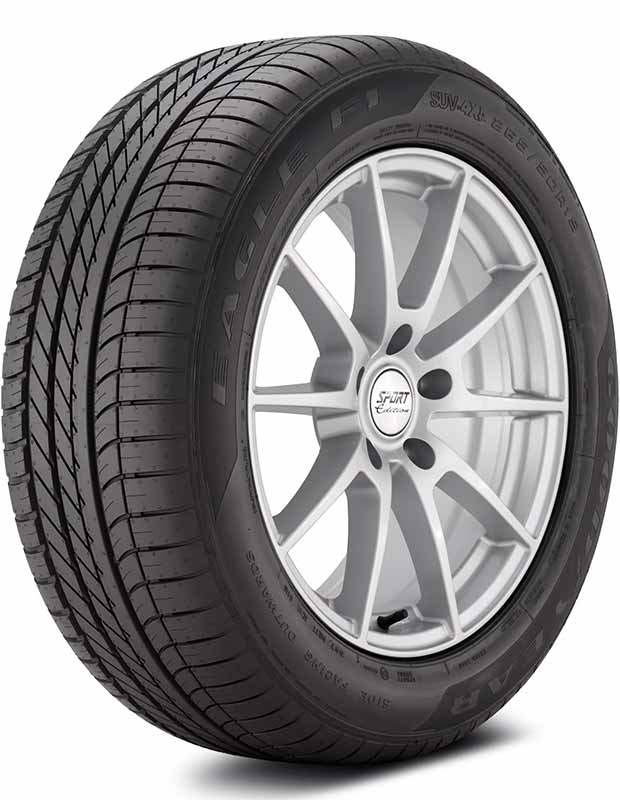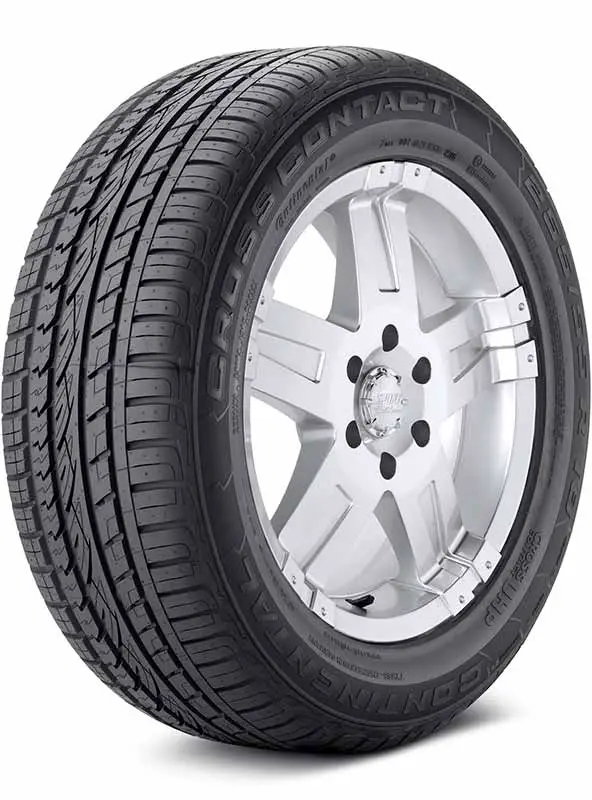Ever wondered why some cars seem to glide effortlessly on wet roads while others struggle to maintain grip? The answer might be right beneath you—literally. Your tires, especially their profile, can make a world of difference when the skies open up.
Are Low Profile Tires Bad In Rain?
Low profile tires are not inherently bad in wet conditions; the aspect ratio of the sidewall generally has little impact on a tire’s ability to channel water. However, these tires often have wider tread patterns, which can reduce their ability to grip wet surfaces effectively.
In this article, we delve deep into the world of low profile tires, exploring their advantages and disadvantages, especially when it comes to wet conditions. We’ll also discuss how tires lose traction in the rain, what kind of tire is best for wet roads, and offer practical tips for driving safely in rainy weather.
Let’s take a closer look.

Low Profile Tires and Wet Traction
Do They Hydroplane Easier?
- One common question is whether low profile tires are more prone to hydroplaning.
- Due to their wider tread, low profile tires can trap more water, making them potentially more susceptible to hydroplaning.
The Role of Tire Pressure
- Proper tire pressure can mitigate some of the risks associated with hydroplaning.
- Overinflated or underinflated low profile tires can exacerbate the hydroplaning problem, so it’s crucial to maintain the correct pressure.
Tread Pattern and Wet Traction
Directional Tread Pattern
- Some low profile tires come with a directional tread pattern designed to channel water away from the tire.
- This can help improve wet traction, but it’s not a guarantee against hydroplaning.
Large Tread Blocks
- Low profile tires often feature large tread blocks that can help with dry traction but may not be as effective in channeling water away.
Comparing with Regular Tires
Wet Traction
- Regular tires often have a design more suited for multiple conditions, including wet roads.
- Their narrower width and deeper treads can help channel water more effectively, reducing the risk of hydroplaning.
Tire Width and Surface Area
- The wider the tire, the larger the surface area that comes into contact with the road.
- While this is generally good for dry conditions, it can be a disadvantage when driving on wet roads.
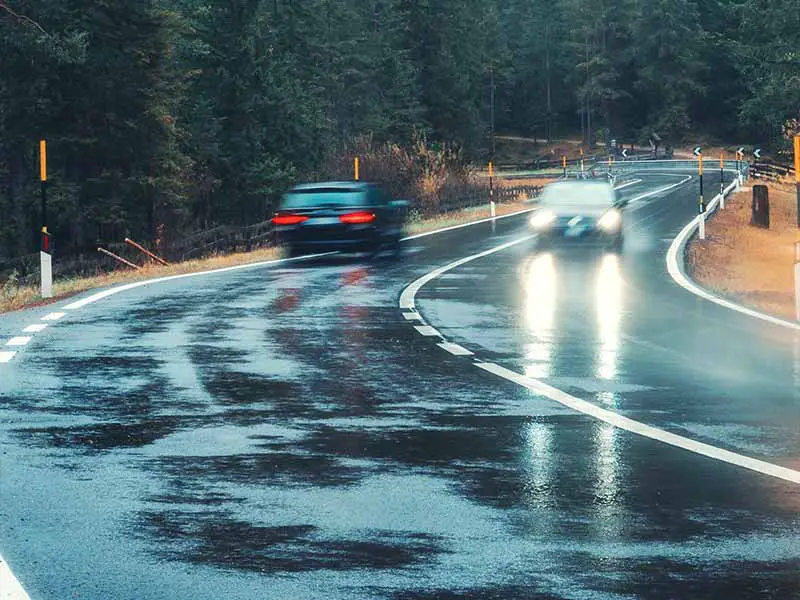
What Kind of Tire is Best for Rain?
Deep Tread Depth
- Tires with deeper treads are generally better at channeling water away from the tire’s surface, reducing the risk of hydroplaning.
Narrower Width
- Narrower tires have less surface area in contact with the road, which can help in channeling water more effectively.
Specialized Tread Patterns
- Some tires are designed with specialized tread patterns, like directional or asymmetrical designs, to improve wet traction.
Comparing Low Profile and Regular Tires for Rain
Low Profile Tires
- While they excel in dry conditions and aesthetics, low profile tires are generally not the best choice for wet conditions.
- Their wider tread and larger surface area can make them more susceptible to hydroplaning.
Regular Tires
- Regular tires, with their narrower width and deeper treads, are generally better suited for wet conditions.
Specialized Rain Tires
Designed for Wet Conditions
- Some tires are specifically designed for wet conditions, featuring advanced tread patterns and rubber compounds to improve grip on wet roads.
When to Consider
- If you live in an area with frequent rain, investing in specialized rain tires could be a wise decision.
Wider Tires vs. Narrower Tires
Wider Tires
- While wider tires offer better grip in dry conditions, they are generally not recommended for wet roads due to the increased risk of hydroplaning.
Narrower Tires
- Narrower tires are generally better for wet conditions as they can channel water more effectively.
How Tires Lose Traction in the Rain
What is Hydroplaning?
- Hydroplaning occurs when a layer of water builds up between the tire’s tread and the road surface.
- This water layer can cause the tire to lose contact with the road, leading to a loss of control over the vehicle.
Factors Contributing to Hydroplaning
- Several factors can contribute to hydroplaning, such as water depth, vehicle speed, and tire condition.
The Role of Speed
Losing Traction
- Generally, tires are more likely to lose traction at higher speeds in wet conditions.
- As speed increases, the tire has less time to channel water away, increasing the risk of hydroplaning.
Speed Threshold
- While it varies depending on various factors like tire design and road conditions, tires generally start to lose traction in wet conditions at speeds above 35-40 mph.
Tread Pattern and Hydroplaning
Directional Tread Pattern
- Tires with a directional tread pattern are designed to channel water away from the center of the tire.
- This design can help reduce the risk of hydroplaning.
Worn-Out Tires
- Tires that are worn out have less tread depth, making them more susceptible to hydroplaning.
- Always check the tread depth and consider replacing tires that are worn out.
Tire Pressure’s Impact
Underinflated Tires
- Tires that are underinflated can have a larger contact area with the road, which might seem like a good thing for traction but can actually increase the risk of hydroplaning.
Proper Inflation
- Maintaining the correct tire pressure is crucial for minimizing the risk of losing traction in wet conditions.
Comparing Low Profile and Regular Tires
Low Profile Tires
- Due to their wider tread, low profile tires can be more susceptible to hydroplaning.
Regular Tires
- Regular tires, with their narrower tread and taller sidewalls, may offer better performance in wet conditions, particularly when it comes to resisting hydroplaning.

Advantages of Low Profile Tires
Better Road Feel
- One of the biggest advantages of low profile tires is the improved handling and grip they offer.
- The wider tread and larger contact area with the road surface allow for better control, especially when cornering.
High-Speed Stability
- The design of low profile tires contributes to greater stability at high speeds.
- This is particularly beneficial for sports cars and high-performance vehicles that are designed to go fast.
Fuel Efficiency and Rolling Resistance
Lower Rolling Resistance
- Low profile tires generally have a lower rolling resistance compared to regular tires.
- Lower rolling resistance means the tire rolls more easily, which can contribute to better fuel efficiency.
Fuel Savings
- Although the savings might not be huge, the improved fuel efficiency can add up over time, especially for those who drive long distances regularly.
Aesthetic Appeal
Sporty Look
- The larger rims and shorter sidewalls give vehicles a more aggressive, sporty appearance.
- This is often a selling point for car enthusiasts and those who prioritize aesthetics.
Versatility
Multi-Season Use
- Some low profile tires are designed to be versatile, performing well in both dry and wet conditions.
- However, it’s essential to note that not all low profile tires are suitable for all seasons, so always check the specifications.
Performance in Specific Conditions
Dry Roads
- On dry roads, low profile tires often outperform regular tires due to their better grip and handling.
Wet Roads
- While they may not be the best for wet conditions, some low profile tires are designed with tread patterns that can handle wet roads reasonably well.
Trade-offs to Keep in Mind
While low profile tires offer several advantages, it’s crucial to remember the trade-offs:
- Cost: High-quality low profile tires and the larger rims they require can be expensive.
- Comfort: The improved road feel comes at the cost of reduced ride comfort, as the tires provide less cushioning against bumps and uneven surfaces.
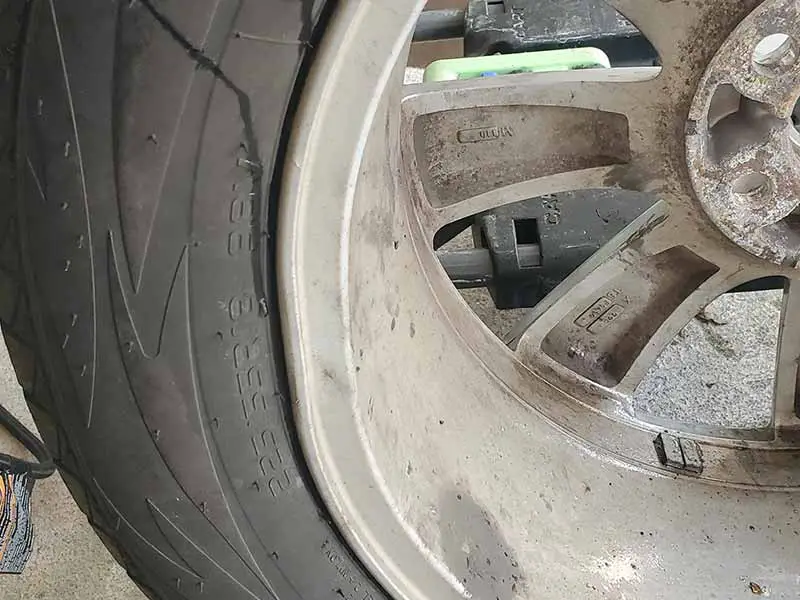
Disadvantages of Low Profile Tires
Feeling the Bumps
- One of the most significant drawbacks of low profile tires is the reduced comfort on uneven surfaces.
- The shorter sidewall doesn’t absorb shocks as well as regular tires, making you feel more bumps and potholes on the road.
Risk of Rim Damage
- Because the sidewall is shorter, there’s less cushioning to protect the rim.
- Hitting a pothole or a sharp object on the road can more easily damage the rim.
Increased Wear and Tear
Faster Tread Wear
- Low profile tires often wear out more quickly than regular tires.
- The wider tread and larger contact area with the road can lead to faster tread wear, requiring more frequent replacements.
Cost Implications
- The faster wear and tear mean you’ll likely need to replace these tires more often, which can be costly in the long run.
Wet Traction Concerns
Hydroplaning Risks
- Low profile tires may be more susceptible to hydroplaning in wet conditions.
- The wider tread can trap water, reducing the tire’s grip on the road.
Reduced Wet Performance
- While some low profile tires are designed to handle wet conditions, they generally don’t perform as well as specialized rain tires.
Noise and Vibration
Increased Road Noise
- The design of low profile tires can lead to increased road noise, especially at higher speeds.
- This can be a concern for those who prioritize a quiet ride.
Vibration Sensitivity
- The stiffer construction of low profile tires can also result in more vibrations felt inside the vehicle.
Specialized Use Cases
Not for All Cars
- Low profile tires are generally best suited for sports cars and high-performance vehicles.
- They may not be the ideal choice for family cars, SUVs, or trucks that prioritize comfort and durability.
Practical Tips for Wet Conditions
Tire Pressure
- Keeping your tires inflated to the correct pressure is crucial for optimal performance, especially in wet conditions.
- Both overinflated and underinflated tires can negatively affect your vehicle’s grip on wet roads.
Tread Depth
- Regularly check the tread depth of your tires.
- Worn-out tires with shallow treads are more susceptible to hydroplaning.
Seasonal Tire Swaps
When to Consider
- If you live in an area with distinct wet and dry seasons, consider swapping your tires accordingly.
Benefits
- Season-specific tires can offer better performance and safety during different weather conditions.
Driving Tips for Wet Roads
Reduce Speed
- Lowering your speed can significantly reduce the risk of hydroplaning.
Avoid Sudden Movements
- Sudden turns or abrupt braking can cause you to lose control, especially on wet roads.
Emergency Kits and Tools
What to Include
- Always carry an emergency kit in your car that includes tools for changing a tire, an air pump, and a tire pressure gauge.
Why It’s Important
- Being prepared for emergencies can make a significant difference, especially when driving in challenging conditions like heavy rain.
Consult Professionals for Advice
Your Mechanic
- Regular check-ups with your mechanic can help ensure that your tires are in good condition and suitable for wet roads.
Tire Experts
- If you’re unsure about the best type of tire for your vehicle and driving conditions, consult experts who specialize in tires.
Resources
Below are some links you may find helpful when learning about tires
Final Thoughts
Choosing the right tires for your vehicle becomes especially important when navigating wet roads. While the aspect ratio of low profile tires doesn’t inherently make them bad for wet conditions, their wider tread patterns often result in less effective grip on wet surfaces.
It’s crucial to understand the limitations and characteristics of your tires. Regular maintenance and possibly opting for specialized rain tires can significantly improve your safety on wet roads. Make an informed decision by considering all these factors, and you’ll be better prepared to drive safely in any weather.
Good luck and happy motoring.
